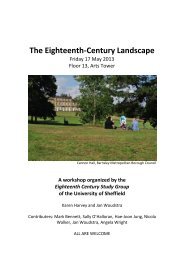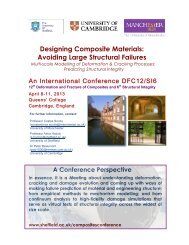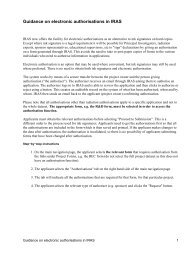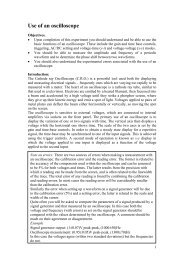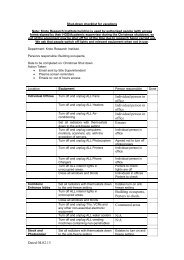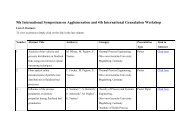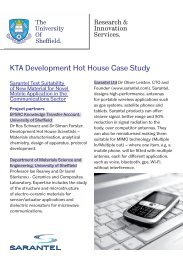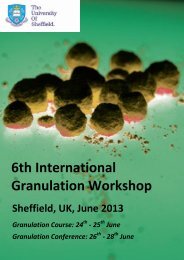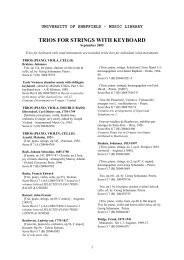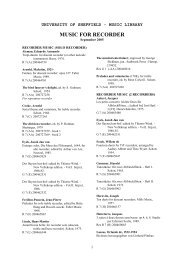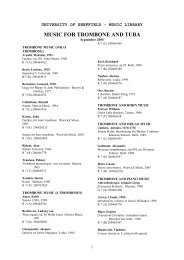Huron & SNAP Documentation
Huron & SNAP Documentation
Huron & SNAP Documentation
Create successful ePaper yourself
Turn your PDF publications into a flip-book with our unique Google optimized e-Paper software.
Adding Room Reverberation<br />
↓ To add room reverberation<br />
↓ To remove room reverberation<br />
Moving Sound Objects<br />
DSP Usage<br />
THE SIMULATION TOOLS<br />
Space array allows you to add room reverberations to the<br />
soundscapes generated by the space array simulation tool.<br />
These reverberations can be singular omni reverbs or can be<br />
based around B-format responses of real room spaces, which<br />
can be generated either though a simulation application like<br />
Catt-Acoustics or VRoom or MakeRoom, or recorded using<br />
Lake Technology’s Measure application.<br />
Either mono or B-format reverbs may be added to the<br />
simulation. B-format reverbs require more DSPs but allow the<br />
reverb to be accurately panned to the speakers. Mono reverbs<br />
render the reverberant tail equally to all speakers.<br />
If mono reverb is desired:<br />
1. Click the OMNI button to add the mono reverb SIM file.<br />
2. Find the Omni sim file (usually denoted by a w prefix).<br />
3. Click OK.<br />
If a B-format reverb is desired:<br />
1. Uncheck the Mono checkbox.<br />
2. Click the OMNI button to add the mono reverb SIM file.<br />
3. Find the Omni sim file (usually denoted by a w prefix).<br />
4. Click the X button to add the X plane SIM file.<br />
5. Find the X sim file (usually denoted by a X prefix).<br />
6. Click the Y button to add the X plane SIM file.<br />
7. Find the Y sim file (usually denoted by a Y prefix).<br />
8. Click the Z button to add the X plane SIM file.<br />
9. Find the Z sim file (usually denoted by a Z prefix).<br />
• Click the Clear button.<br />
Although sound objects can be moved in real time using a<br />
tracking device, Locator, or by a remote computer via the<br />
<strong>SNAP</strong> protocol. The Sonic Animator has been specifically<br />
designed for creating three-dimensional animated soundscapes<br />
for recording and playback.<br />
The number of DSPs used by the Space Array is dependent on<br />
three variables: the number of inputs (including the B-format<br />
inputs); the number of outputs (speakers); and the type of room<br />
reverberation used. The number of DSPs used can be<br />
characterised by the following formula.<br />
( ceil(<br />
i/<br />
18)<br />
) * ( ceil(<br />
o 12)<br />
)<br />
n =<br />
/<br />
HURON TECHNICAL MANUAL PAGE 86



